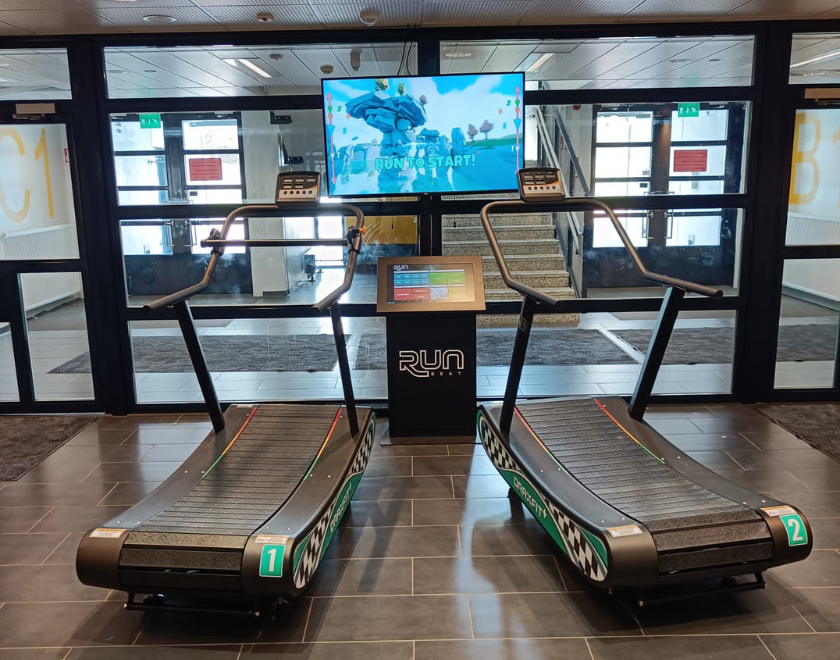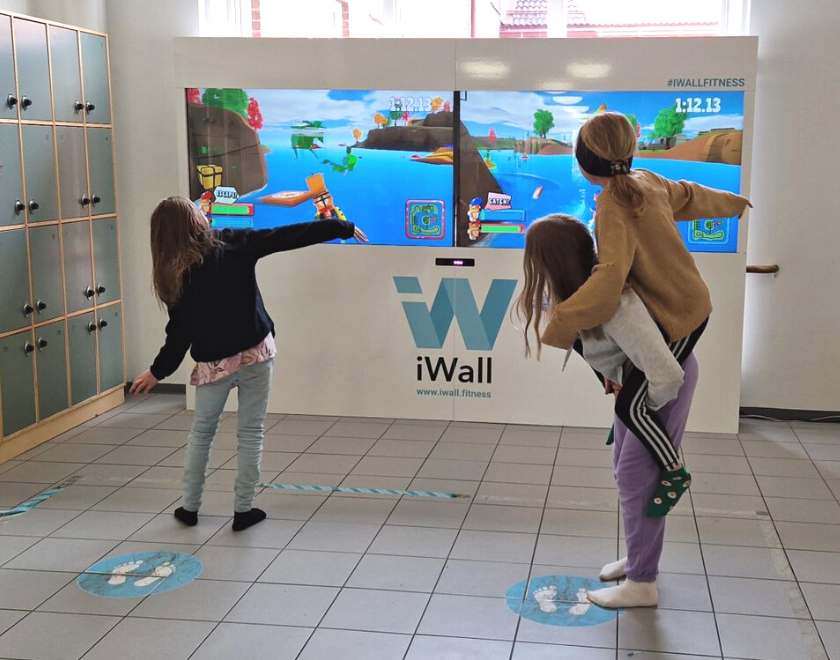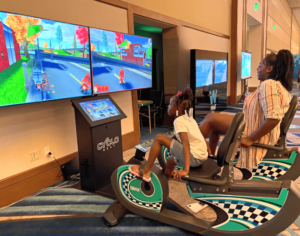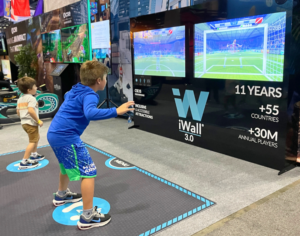We all know how important it is to exercise, sleep well and eat healthy. Still, these do not necessarily form habits. Lifestyles are formed over a long period of time and changing them requires a lot of practice and repetition. An environment conducive beginning of an active lifestyle for kids is one where exercise is part of everyday life. If you are not used to exercising and moving in childhood, it’s rarely considered important as an adult.
Humans can perform complex behaviors without conscious thought. Habits are stored in our brain in the basal ganglia, whose activity does not depend on the conscious mind. We use almost all our brain capacity for new actions the first few times, but when the same action is repeated, the thought work required for it decreases and eventually the basal ganglia store the behavior of the action and controls its repetition. This frees the mind from conscious things to focus on the other things.
Tasks that seem impossible and complicated at first, like learning to ride a bike or learn to play the guitar, become effortless after we’ve performed the same actions multiple times. Often, we also adopt bad habits, and unlearning them requires will, practice, and repetition. When we understand that bad habits do not need to be stopped but changed, it is easier to act.
Award-winning financial journalist Charles Duhigg describes the formation of habits through a three-stage cycle in the book: The Power of Habits. The stages of the cycle are signal, routine, and reward. A signal is something that makes a person do a certain action. A reward is an action that leads to the production of a certain reward. Bad habits can be changed by using the same signal and reward as before, and only changing the form of the routine. For example, when the feeling of boredom arises, browsing the phone is replaced by moving together with friends. The most important thing is to recognize which action rewards you with the same pleasure and repeat the alternative, new action repeatedly.

The importance of the environment in the formation of exercise habits
Kids and teens spend a significant amount of their day in the school environment. The positive physical experiences gained there contribute to the formation of exercise as a habit. By his own example, the teacher can inspire students to move during the school day and impetuses to the formation of exercise habits. There is a lot of material available to activate pupils and students. For example, the Finnish Koululiikuntaliitto has produced material for playful exercises for running, cycling, and in water, and Liikkuva koulu has published practical exercise tips for different subjects in its idea bank. Spatial solutions also have a significant impact on student’s activity during the school day. Is it easier for the students to move around in favor of spatial arrangements? Does the environment motivate them to spend breaks and waiting times actively moving? And does the teacher easily have access to the inspiring space and equipment needed for activation?
The newest school buildings have more open and flexible learning environments than before, which supports the idea of active teaching. Our exergaming products are usually placed in lobbies, where they are easily accessible. Several schools also use a reservation calendar, from which teachers reserve, for example, the iWall for the duration of a certain lesson.
Even if you are used to spending breaks and waiting times sitting down, it’s possible to convert them into active time together with friends with the help of exergaming. Many schools use our exergaming products as a reward for completed tasks and inspire students to move on to the breaks at school. After they have raised their heart rate while exergaming, it’s also easier to focus on the pedagogical part of the lessons.

An exercise routine that rewards
The positive experience gained personally from exercise and the effect on the atmosphere makes the students always take up exercise again, whenever the opportunity opens. Even a short burst not only increases the daily amount of movement but also creates an exercise routine. Repeatedly actively spent breaks, waiting times and lessons slowly form a habit, and the good feeling, increased self-esteem, and feeling of belonging act as a motivator and reward.
The habit of rewarding oneself with exercise created in everyday school life goes a long way and makes kids, teens, and adults, seek exercise as a motivator. When exercise is offered as a reward, it creates an active lifestyle that has long-term positive effects on public health.

Our exergaming experts will help you with product placement and how to use them. Book your free appointment now!
Source:
Duhigg, C. 2014. The Power of Habits: Why We Do What We Do in Life and Business. Random House Trade Paperbacks.
Tiivistäjä, 2018. Tapojen voima (The Power of Habits – Charles Duhigg). Viitattu 23.5.2023. https://youtu.be/uLaTTpZmtuU






